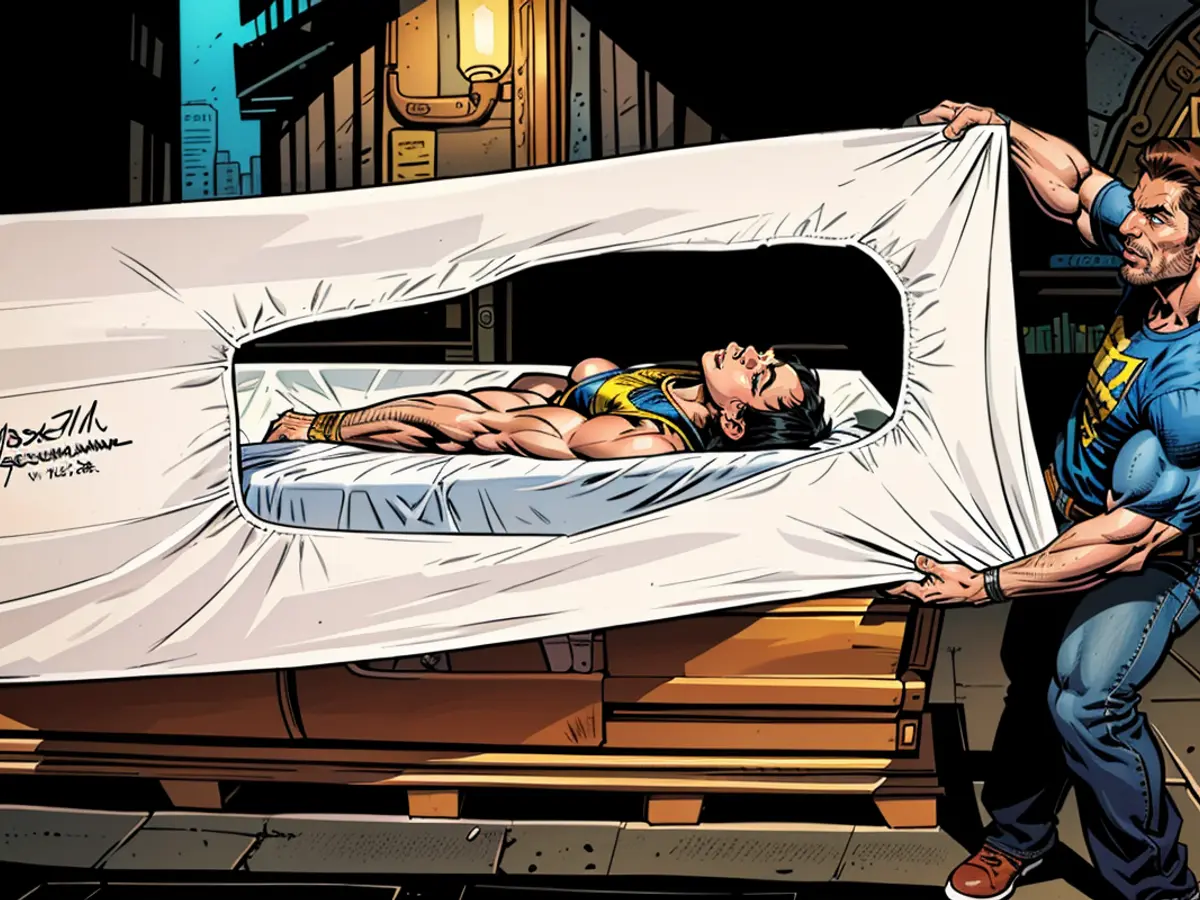Ancient Egypt - Welcome to Germany: Coffin of Ramses II unveiled
Arrival in a royal casket: The sarcophagus of Pharaoh Ramses II. of Egypt was discovered in Cologne under high security measures. Carefully, on a Monday morning, a large transport box was opened, in which the valuable sarcophagus had traveled to Germany. "Fragile" was written on the box - a warning that truly valuable goods were inside.
The sarcophagus is a showpiece in an exhibition that starts on July 13 at the Cologne Odysseum, a museum. The exhibition is called "Ramses & the Gold of the Pharaohs" and is making its first stop in Germany. In Paris, it has already caused quite a stir. It includes more than 180 artifacts and Egyptian treasures, including sarcophagi, mummified animals, jewelry, royal masks, and amulets.
Pharaoh of Superlatives
The greatest attraction is the sarcophagus of Ramses II., also known as Ramses the Great. He is only on display at select stops in the show - now in Cologne. Ramses II. is considered the Pharaoh of Superlatives, who died at an advanced age of over 90 in 1213 BC. His reign lasted 66 years, making him one of the longest-ruling state leaders in the world. He is also said to have had more than 100 children.
"We would say today that he was an imperialist ruler. That would be a critical perspective," explained Richard Bußmann, professor of Egyptology, during the unveiling. "One could also glorify it and say that he expanded the power of Egypt."
The sarcophagus is an interesting historical source because a series of inscriptions can be seen on it - "records," as Bußmann called them. They tell where Ramses II. was buried after his death to protect him from tomb robbery. The presented sarcophagus - discovered in 1881 along with the mummy in an archaeological burial site on the western bank of the Nile - was essentially an "emergency sarcophagus" in which Ramses II. was later buried. The mummy is now in Cairo.
Sarcophagus here, sprinkler off
The museum has been working for years to bring the exhibition to Cologne. It was unclear until four months ago whether the sarcophagus could come along. "That was a decision by the Egyptian authorities," said the Cologne organizer Andreas Waschk. The building was taken over by a "Special Delegation." The sprinkler system was turned off. The insurance coverage is over one billion Euros. "Every one of these exhibits is an irreplaceable treasure."
- Due to its historical significance, the sarcophagus of Pharaoh Ramses II. is being showcased in a series of museum exhibitions, starting in Cologne, Germany.
- As a precaution, stringent safety measures were taken during the transportation of the sarcophagus from Egypt, with a warning label clearly marked on the transport box.
- In addition to the sarcophagus, the exhibition in Cologne Odysseum features over 180 artifacts and treasures from Egypt, including jewelry, royal masks, and mummified animals.
- Visitors to the "Ramses & the Gold of the Pharaohs" exhibition in North Rhine-Westphalia will have an opportunity to learn about Ramses II., often referred to as the Pharaoh of Superlatives, who ruled Egypt for 66 years and had over 100 children.
- After his death in 1213 BC at an advanced age, Ramses II. was buried with great care to protect his remains from tomb robbery, as inscriptions on his sarcophagus reveal.
- The discovery of the sarcophagus and the mummy in an archaeological site along the Nile River in 1881 was a significant event in Egyptology, shedding light on ancient Egyptian burial practices and royalty.
- The German city of Cologne is fortunate to host this immense exhibition, which has previously garnered attention in Paris and will inspire countless history enthusiasts to delve deeper into the fascinating world of ancient Egypt.








